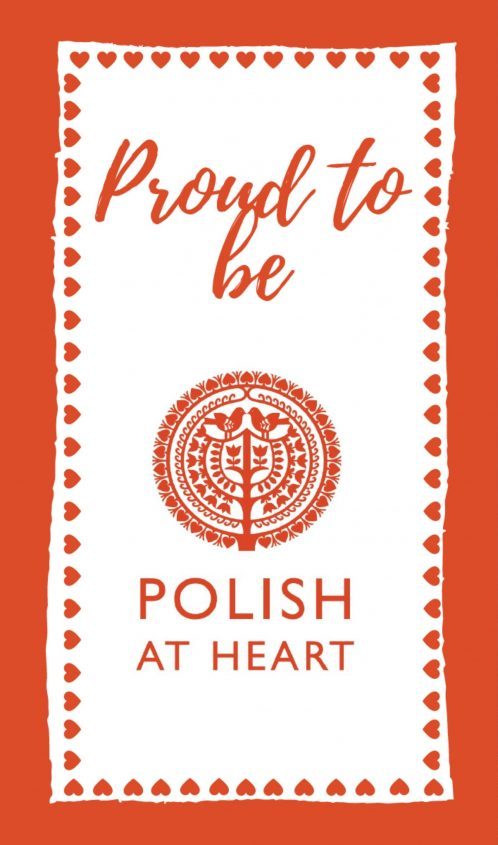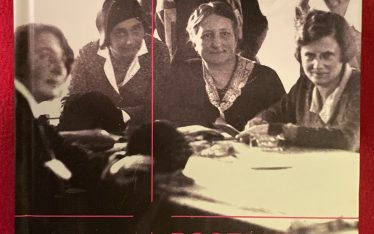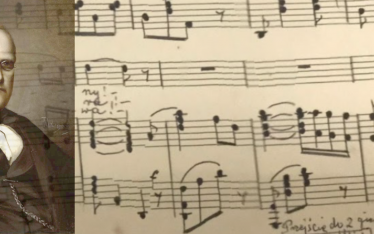I’m no scientist but mobile phones, laptops, computers and a host of other electronic devices wouldn’t exist without semiconductors and the level of miniaturisation required, relies on a method developed many years ago by a Pole. Without him, computers would still be the size of a room and your phone would be a brick.
So why haven’t we heard about him?
I’m humouring my mother by writing this. She has been persuading me for some time to write about the distinguished Polish scientist and inventor Jan Czochralski (tchoh-ral-ski), how he is known as the Father of Electronics and without whom the industry may not have progressed so quickly.
“Some scientific areas, such as microelectronics, solid state physics as well as material science, which created the foundation of modern technology, owe, at least in part, their progress and present position to the Czochralski’s discovery. “ Stefano Meroli CERN Project Manager
It’s mainly down to post-war communist politics and Czochralski’s war-time experience that his life story hasn’t been publicised.
What did he invent?
Born on 23 October 1885, in Kcynia about 40km from Bydgoszcz, it was at the time part of the German partition of Poland. Not completing his schooling, he set up a home laboratory often visiting the local pharmacy to help mix medicines and various household chemicals. He travelled to Berlin where from the age of 22 he worked on introducing aluminium into electrotechnology as an assistant to a German engineer at AEG.
In 1916, Jan had been searching for a way to measure the crystallising speed of metallic alloys. At the end of a long day, he dipped his pen into a pot of molten tin instead of the inkwell and noticing a thin thread of metal hanging off, he changed the nib and tried again a few times. When he pulled the pen out briskly, the thread wasn’t there.
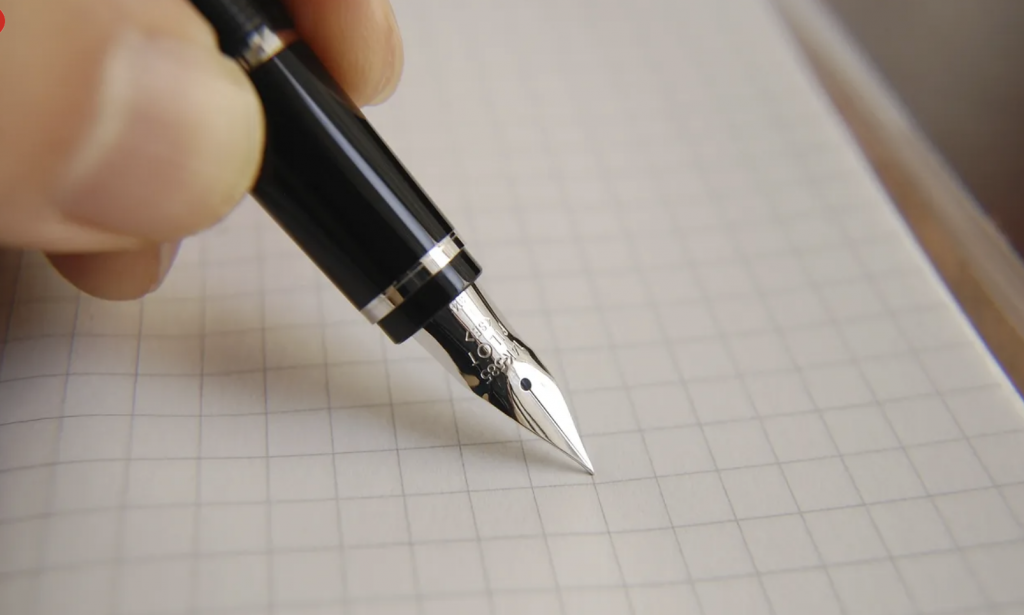
In the next days he experimented more. He realised the the hole in his nib provided a method of crystallisation and by pulling the metal thread out slowly, it created a single metal crystal. There were no methods of obtaining metal crystals cheaply and simply until then but Czochralski didn’t patent it or benefit financially.
Fame and fortune
Instead, he moved to Frankfurt am Main to found a new large laboratory, inventing a new metallic alloy called B-metalused to make high-quality elements of bearings for the railway industry and patenting it. Being cheap and durable, it made his fortune and within ten years he became a famous scientist.
“Czochralski’s life was marked by so many different choices, dramatic decisions, losses and successes that would suffice for several biographies and several films ….. sensational films” Paweł E.Tomaszewski, FOTON 115 Zima 2011)
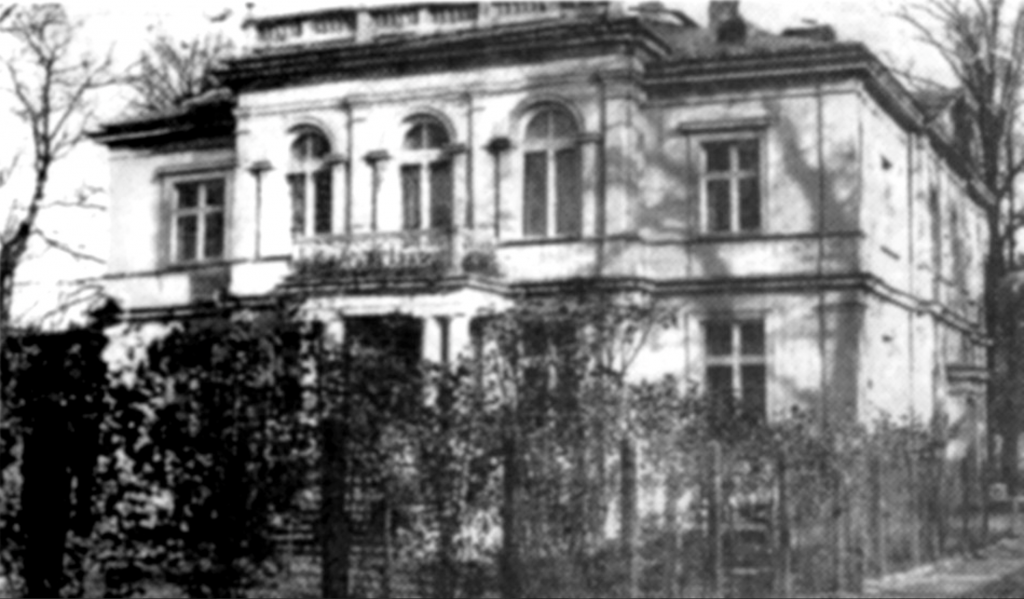
The Czochralski family villa in Warsaw
Already a family man, he was invited to Warsaw in 1929 and appointed Professor at the Faculty of Chemistry of the Warsaw University of Technology with an honorary degree, setting up a state of the art lab. He said he moved so his children could attend Polish schools but documents have emerged to show his laboratory worked on assignments from the military and that the Polish intelligence had helped him move to Poland. Czochralski became a great patron of the arts buying valuable works of great masters and creating a small museum at his house as well as organising literary meetings, also writing poetry himself. He continued to commission works from artists throughout the war so they could survive.
Underground fighter ?
When Germany invaded Poland, Czochralski was allowed to keep his lab with 85 employees because of his German connections. He focused on producing household products such as special cologne and toothpaste, the reagents of which were later shown to have been used in the underground for the production of explosives. Having permission to provide employment certificates, he gave these to fictitious people who were engaged in the Home Army whom he may also have supplied with grenade shells manufactured in the lab.
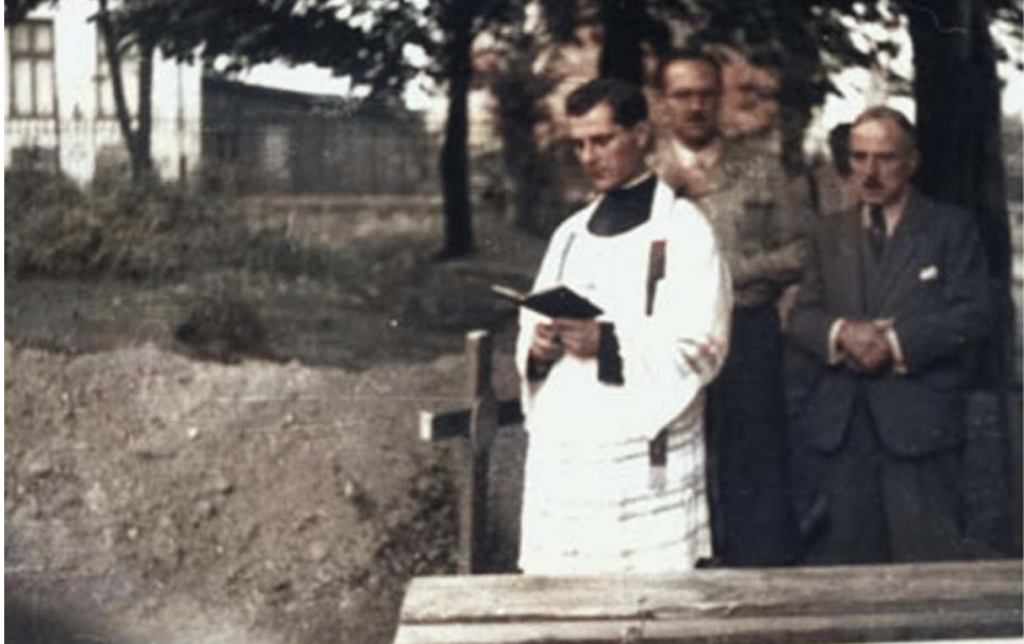
Professor Jan Czochralski attending a Home Army funeral August 1944 (first on right). Photo: Tadeusz Bancler (from E. Bruliński’s collection).
Cooperation with Home Army intelligence was also ascribed to him, including research of acquired parts of V1 and V2 rockets. He used his personal contacts with the Germans to protect people from being sent to concentration camps and as for his wealthy home, he said apart from his family, “there lived 2 Jewish women who stayed with us until the Uprising”.
Forgotten, then Exonerated
After the war, the Polish Communist authorities accused him of collaborating with the Germans and despite charges being dropped, the security services kept an eye on him and he lost his post at University of Warsaw. All his inventions including new ones such as the radio microscope forgotten, he returned to his home town and set up the BION Chemical Plant making candles, shoe polish, a perm solution and a well-known “Powder for colds with pigeon”.
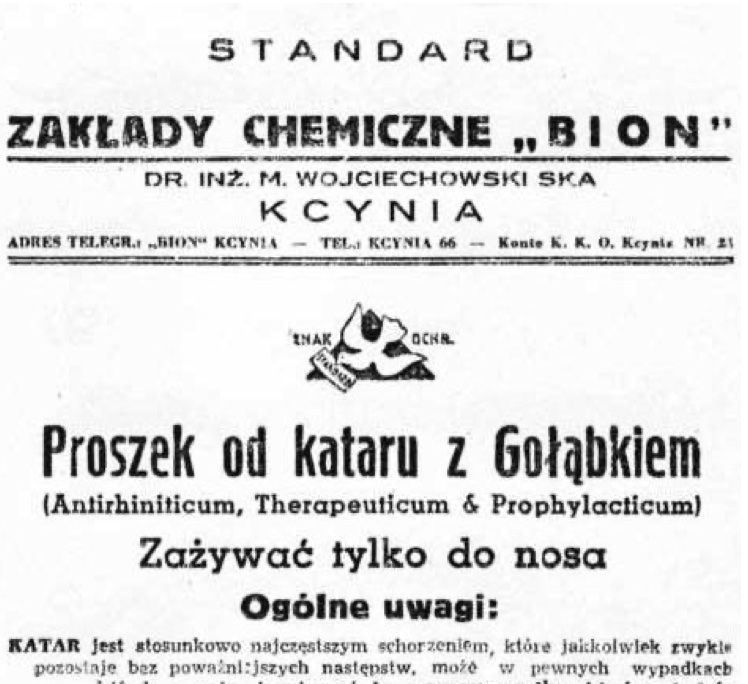
Meanwhile with the discovery of the transistor and the need for semiconductor electronics, the Americans at Bell Telephone Laboratories rediscovered and widely applied Czochralski’s crystal growth method which became vital to the industry. Single-crystal silicon is now the basis of the “silicon era”. In Czochralski furnaces, Silicon is first melted then allowed to freeze into a crystalline state in a controlled manner. Almost all integrated circuits are made of tiny silicon wafers cut from these enormous single crystals.

A Czochralski furnace (PVA Crystal Systems) and the huge silicon crystal ingot produced
Czochralski died in 1953 and his grave was unmarked for many years. His name was only fully rehabilitated in 2011 by the Polish Physical Society who proposed to the Polish Parliament that 2013 be the Year of Czochralski.
For such a remarkable scientist whose life is still clouded in mystery, it was a fitting epitaph to a determined, practical man who knew what he was good at and stuck with it, regardless of the swirling tragedies around him yet used these skills to help others.
Feature image from International Union of Crystallography Newsletter 2020 Vol 28. No. 3. Sources include: The International Union of Crystallography, Stefano Meroli from CERN, Dr. Paweł E. Tomaszewski, Polish Academy of Sciences.
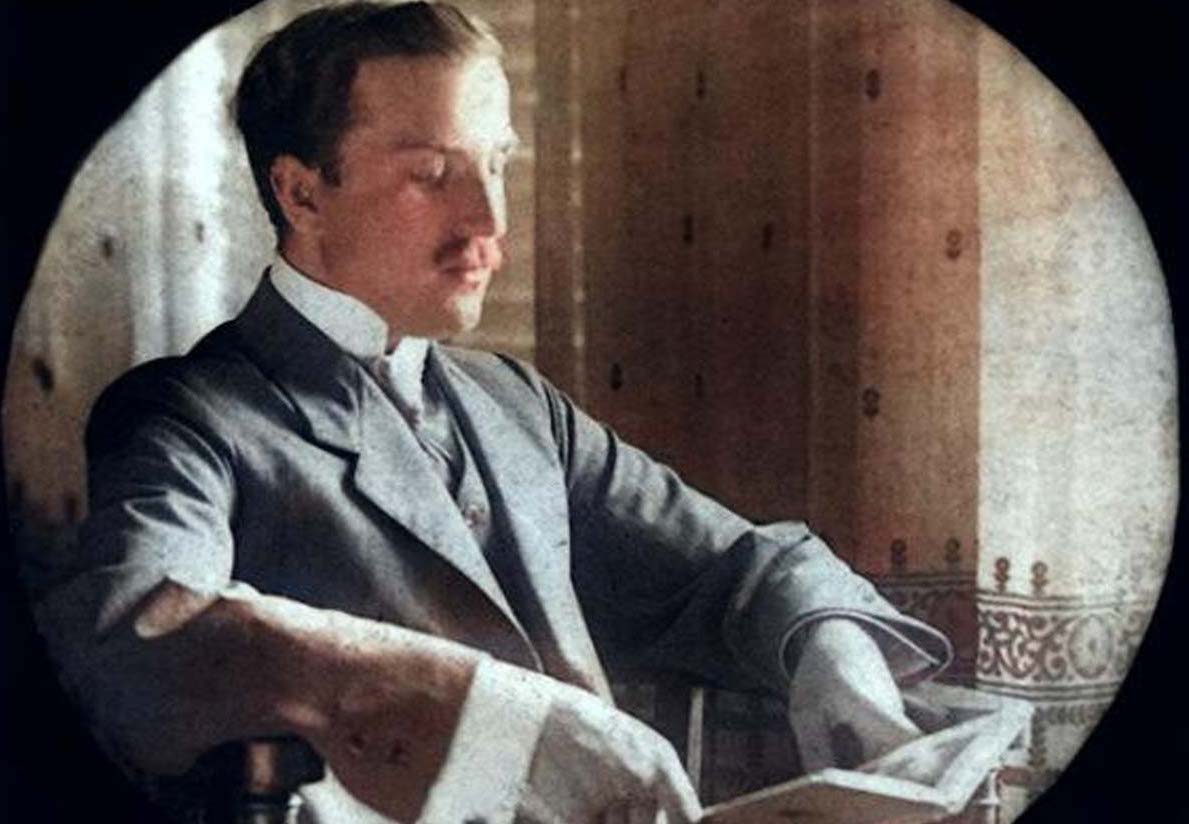
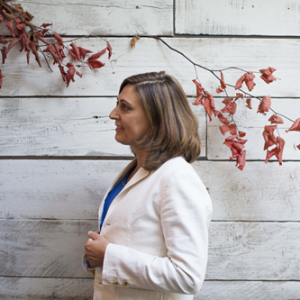
 1.Tracing Family History pre-WW2
1.Tracing Family History pre-WW2 2. Tracing Family History WW2
2. Tracing Family History WW2